Introduction
What Do Robins Symbolize: Robins, those vibrant and cheerful birds, have long captured the human imagination with their distinctive appearance and behavior. Beyond their charming red breasts and melodious songs, robins hold a special place in cultures around the world as symbols of various aspects of life, nature, and even spirituality. In this exploration, we delve into the intriguing symbolism of robins, unraveling the layers of meaning they have accrued throughout history.
In many cultures, robins are seen as harbingers of spring. Their arrival after the cold, bleak winter signals the renewal of life, as they seek out food and build Robin nests in preparation for the breeding season. This association with spring and renewal ties robins to themes of hope, rejuvenation, and the promise of better days ahead. The sight and sound of robins returning from their migratory journeys can fill hearts with joy and optimism.
Robins also hold significance in various spiritual and mythological traditions. In some Native American cultures, robins are considered messengers between the spirit world and the earthly realm. They are believed to bring messages and guidance from the ancestors. In European folklore, robins are often associated with the Christmas season, and their red breasts are said to be a result of the kindness shown to them by the baby Jesus. This connection to Christmas has led to robins symbolizing love, joy, and the spirit of giving.
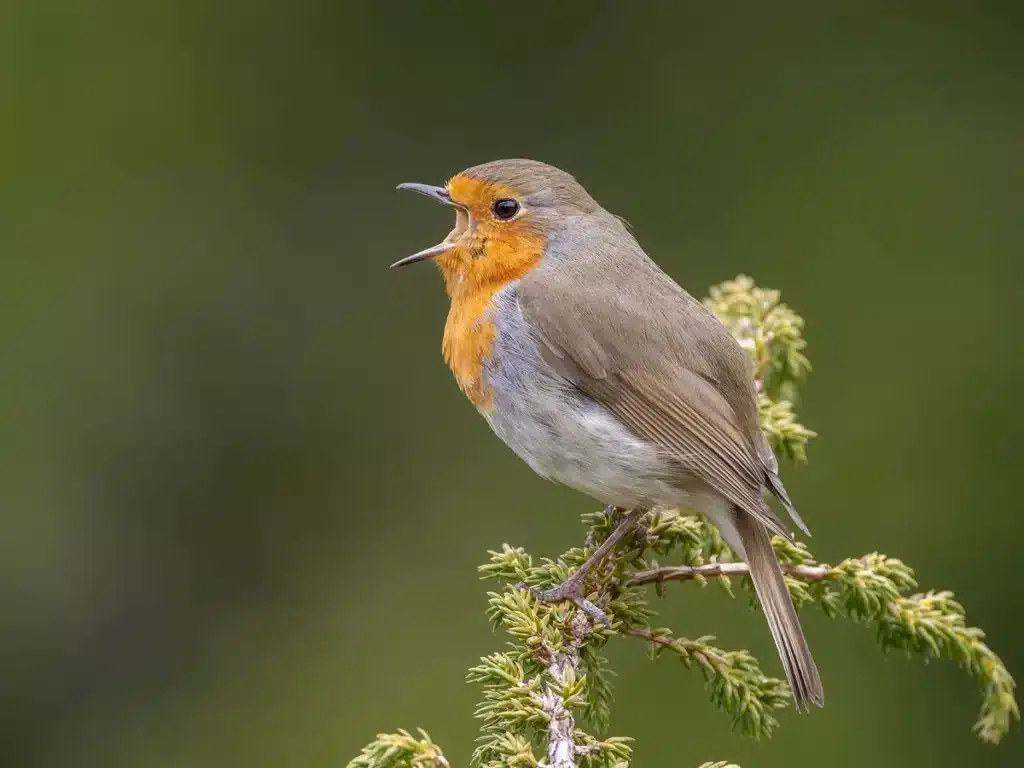
What do robins symbolize spiritually?
With this in mind, the significance of seeing a robin is seen as a sign of new beginnings and renewal. By the same token, robins appear spiritually, reminding us to uncover happiness. As noted above, these red-breasted birds are associated with entering a new chapter in life.
Messengers of Hope
One of the most prevalent spiritual symbols associated with robins is that of messengers. In many cultures, robins are believed to carry messages from the spirit world or the divine. Their vibrant red breasts, which stand out in stark contrast to their brownish-gray bodies, are often seen as a sign that they bring messages and guidance from the heavens. When a robin appears in your life or during a significant moment, it is often interpreted as a sign that a message or insight is on its way, bringing hope and encouragement.
Symbol of Renewal
Robins are closely tied to the concept of renewal and rebirth. Their presence is often linked to the changing of seasons, particularly the arrival of spring. As winter gives way to warmer days, robins return to their breeding grounds, symbolizing the renewal of life and the end of a period of darkness and cold. This renewal aspect is also reflected in their distinctive song, which many find uplifting and melodious, symbolizing the joy of new beginnings.
Good Luck and Prosperity
In some cultures, robins are considered to be harbingers of good luck and prosperity. Their appearance is seen as an auspicious sign, indicating that positive changes and opportunities are on the horizon. This belief is rooted in the idea that robins bring with them the blessings of abundance and good fortune. People who encounter robins in moments of decision-making or when they are seeking guidance often take their presence as a positive omen.
What’s special about robins?
Basic Description. The quintessential early bird, American Robins are common sights on lawns across North America, where you often see them tugging earthworms out of the ground. Robins are popular birds for their warm orange breast, cheery song, and early appearance at the end of winter.
Distinctive Appearance
One of the most remarkable features of robins is their distinctive appearance. They are instantly recognizable by their bright orange-red breasts, which contrast sharply with their brownish-gray plumage. This vibrant red chest is not only striking but also serves as a key field mark for birdwatchers and nature enthusiasts. Robins are also relatively small birds, typically measuring around 5 to 6 inches (12.7 to 15.2 centimeters) in length, making them easy to spot and distinguish.
Melodious Songs
Robins are celebrated for their melodious and cheerful songs. Their vocalizations, consisting of a series of clear and melodious whistles, are often associated with the arrival of spring and the changing of seasons. In many cultures, the robin’s song is seen as a symbol of hope, renewal, and the joy of new beginnings. Their songs add a delightful soundtrack to gardens and woodlands, enhancing the overall natural experience.
Resilience and Adaptability
Robins are known for their adaptability and resilience. They are year-round residents in many regions, including North America and Europe, where they brave harsh winter conditions. Their ability to adapt to various environments, from urban areas to rural landscapes, showcases their versatility as a species. Robins are also known for their resourcefulness when it comes to finding food, often foraging for insects, worms, berries, and fruit throughout the year.
Why do robins follow you?
Behaviour traits of Robins
Also of note is the way that a Robin will often appear close to you when you start a gardening job such as digging or clearing up leaves, and will then follow you around the garden as you work. Of course it’s doing this because your activity is uncovering food such as worms and insects.
Foraging for Food
One of the primary reasons robins may appear to follow humans is their search for food. Robins are omnivorous birds with a diverse diet that includes insects, worms, berries, and fruit. Humans, as they move through gardens, parks, and other outdoor spaces, can inadvertently disturb insects and uncover worms, making these areas rich hunting grounds for robins. When a robin notices a human digging in the soil or walking in the grass, it may see an opportunity to find an easy meal and follow them in hopes of catching insects or worms that are disturbed by their presence.
Habituation to Human Activity
Robins are known for their adaptability to urban and suburban environments. They have become accustomed to the presence of humans and have learned to exploit the resources provided by human activity. This includes taking advantage of gardens and lawns where humans cultivate plants, create compost piles, and engage in other activities that attract insects and worms. Over time, robins may become accustomed to humans being a source of potential food and may appear to follow them as they move around in these environments.
Observing Potential Predators
Robins are also vigilant birds, and they have evolved to be aware of potential threats in their surroundings. When they perceive movement or activity that could indicate a predator, such as a person walking or working in their vicinity, they may follow to keep a watchful eye on the situation. This behavior is a survival instinct that helps them stay safe from potential threats.
Is a robin good luck or bad luck?
For centuries, this tiny bird has been the symbol of good luck, happiness, rebirth – and sometimes even as a messenger for lost, loved ones. There are tales stretching back to Norse mythology where the robin is the protector from storms and lightning. And in Celtic folklore the robin is known as the Oak King of Summer.
Symbol of Renewal and Hope
Robins are often seen as symbols of renewal and hope, especially in Western cultures. Their arrival in gardens and woodlands during the spring is a sign that winter is ending and warmer, more abundant times are on the horizon. This association with the changing of seasons and the promise of new beginnings naturally leads to the perception of robins as bearers of good luck.
Christmas Tradition
In European folklore, robins are closely linked to the Christmas season and are sometimes referred to as “Christmas robins” or “robin redbreasts.” They are associated with the idea of bringing warmth and comfort during the holiday season. Seeing a robin during this time is often considered a positive sign, symbolizing the joy and togetherness that Christmas represents.
Messenger of Positive News
In various cultures, robins are believed to carry positive messages from the spirit world or the divine. Their vibrant red breasts are thought to signify messages of hope and encouragement. Encountering a robin is seen as a sign that good news or positive changes are on the horizon, reinforcing their reputation as symbols of good luck.
What bird symbolizes a passed loved one?
cardinals
The idea that cardinals — or a redbirds — are “messengers” from departed loved ones has been around for a long time, crossing cultures and spanning years. Many people believe seeing a cardinal is a “sign” that those who have passed are with us in spirit.
Cardinals
One of the most well-known birds associated with representing a passed loved one is the cardinal, particularly in North American folklore. Cardinals are often seen as messengers from the spirit world. The vivid red plumage of male cardinals is said to symbolize the blood of Christ, and their appearance is seen as a sign that a departed loved one is near. Many people believe that when a cardinal appears, it is a visitation from a deceased relative or friend, bringing comfort and reassurance.
Doves
Doves have a longstanding association with peace, love, and spiritual purity in many cultures. In Christianity, the dove represents the Holy Spirit and is often seen as a symbol of divine presence. In the context of representing a passed loved one, doves are considered messengers of hope and peace. Seeing a white dove or hearing its gentle cooing can be interpreted as a sign that a departed loved one has found peace and is watching over those left behind.
Swans
Swans are revered for their elegance and grace. In many cultures, they are associated with transformation and the journey from life to death and beyond. Swans are believed to carry the souls of the departed to the afterlife in some mythologies. Their serene and majestic presence is seen as a symbol of the soul’s peaceful transition to the other side.
What are 2 interesting facts about robins?
Robin have about 2,900 feathers. Only the male robin sings the “true robin song,” and he sings it to declare his personal nesting territory. It sounds like he’s singing “cheer-up, cheerily, cheer-up, cheer-up, cheerily.” Robins have an average life span of 1 year and 2 months, but many live about five or six years.
Year-Round Residents in Many Regions
One intriguing fact about robins is their ability to adapt to a wide range of environments and climates. While they are often associated with the arrival of spring, robins are, in fact, year-round residents in many regions, including parts of North America and Europe. Unlike some migratory birds that fly south for the winter, robins have developed various strategies to survive in colder weather.
During the winter months, robins often switch their diet from primarily insects and worms to fruits and berries. They are known to consume a variety of berries, including holly, juniper, and crabapple, which provide them with essential nutrients to endure the colder temperatures. Robins also gather in communal roosts in sheltered areas to conserve body heat, making them more resilient in the face of chilly conditions.
Nesting Habits and Renovation
Robins are known for their distinctive nest-building habits, which can be both interesting and impressive. They often construct their nests in sheltered locations, such as tree branches, ledges, or even on window sills, providing protection for their eggs and chicks.
What makes their nesting behavior even more fascinating is their tendency to renovate and reuse nests from previous seasons. Robins have been observed returning to the same nesting sites year after year and making renovations to their old nests. They may add new materials, reinforce the structure, or even build a new nest on top of the old one. This behavior demonstrates their resourcefulness in conserving energy and time by not starting from scratch each breeding season.
Are robins a smart bird?
How smart are robins? A. Robins are not quick to learn new things as blue jays, and do not have as good reasoning power as jays. But they are adaptable, and can quickly figure out how to find food and shelter in a new area where they’ve never been before.
Nest Building: Robins are skilled nest builders. They construct their nests with care and precision, using a combination of materials such as grass, twigs, mud, and even hair or feathers. The construction of a sturdy and well-insulated nest requires a level of spatial awareness and problem-solving abilities. Robins also demonstrate adaptability in nest building, often renovating and reusing old nests, which shows a form of resourcefulness.
Foraging Skills: Robins are opportunistic feeders that primarily consume insects, worms, berries, and fruit. Their foraging behavior involves scanning the environment for movement and using their keen eyesight to detect prey. Robins also employ a “tilt and pause” strategy when hunting for earthworms. They tilt their head to one side to listen for earthworm movements in the ground, showing an understanding of sound localization and prey capture techniques.
Memory and Spatial Awareness: Robins are known for their ability to the locations of food sources. They can accurately recall the locations of fruit-bearing trees or bushes, which helps them efficiently gather food. This memory skill is especially during the winter when they rely on cached food supplies. Robins hide food in various locations and are able to where they’ve hidden it.
Why do people love robins?
Robins are friendly
Robins seem to like people and will even follow gardeners around. Some robins will even accept food by hand too. Perhaps they help us to connect with nature just a little more and that makes them more endearing to us.
Symbol of Hope and Renewal: Robins are often seen as symbols of hope and renewal. Their arrival in gardens and woodlands during the spring signals the end of winter and the beginning of a new season. Their vibrant red breasts and cheerful songs are associated with the joy of new beginnings and the promise of warmer days ahead. This symbolism resonates with people and evokes a sense of optimism.
Melodious Songs: Robins are renowned for their melodious and captivating songs. Their cheerful whistles and trills add a delightful soundtrack to outdoor spaces, enhancing the overall natural experience. Many people find comfort and joy in listening to the songs of robins, especially during the early hours of the morning.
Familiarity: Robins are common and widespread birds, making them easily accessible to people in various regions. Their frequent visits to gardens, parks, and backyards create opportunities for close encounters, allowing people to observe their behavior and appreciate their beauty up close. This familiarity fosters a sense of connection and attachment.
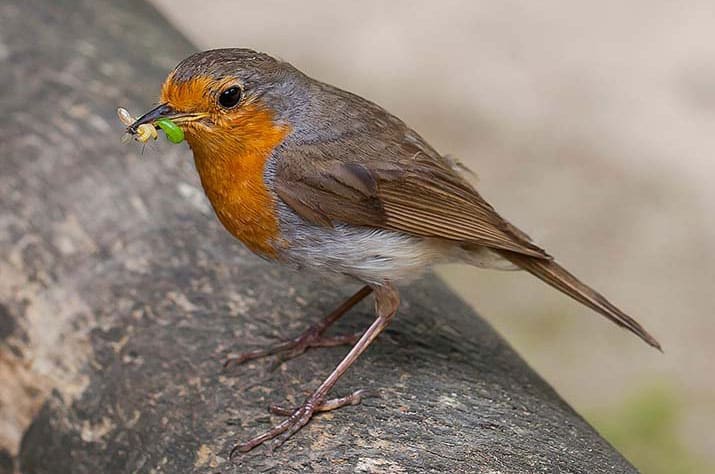
Conclusion
Robins symbolize the arrival of spring and the promise of renewal. Their cheerful return from migration, accompanied by their melodious songs, fills hearts with hope and optimism. They remind us that even in the darkest of times, brighter days are on the horizon. In various spiritual and mythological traditions, robins serve as messengers between the earthly realm and the spirit world. Their presence is associated with guidance, messages from ancestors, and a bridge between the material and spiritual dimensions. This symbolism highlights the deep spiritual connection humans have with nature and the creatures that inhabit it.
Robins’ association with Christmas in European folklore brings forth themes of love, joy, and the spirit of giving. They remind us of the importance of compassion and kindness, especially during the holiday season. Literature and art have further immortalized robins as symbols of innocence, purity, and simplicity. Their gentle disposition and aesthetic appeal make them beloved subjects for creative expression, evoking feelings of peace and serenity.
Throughout history, robins have shown us that even the most common and seemingly ordinary creatures can carry profound symbolism. They encourage us to appreciate the beauty and significance of the natural world that surrounds us, urging us to reconnect with nature in an increasingly urbanized and digital age.

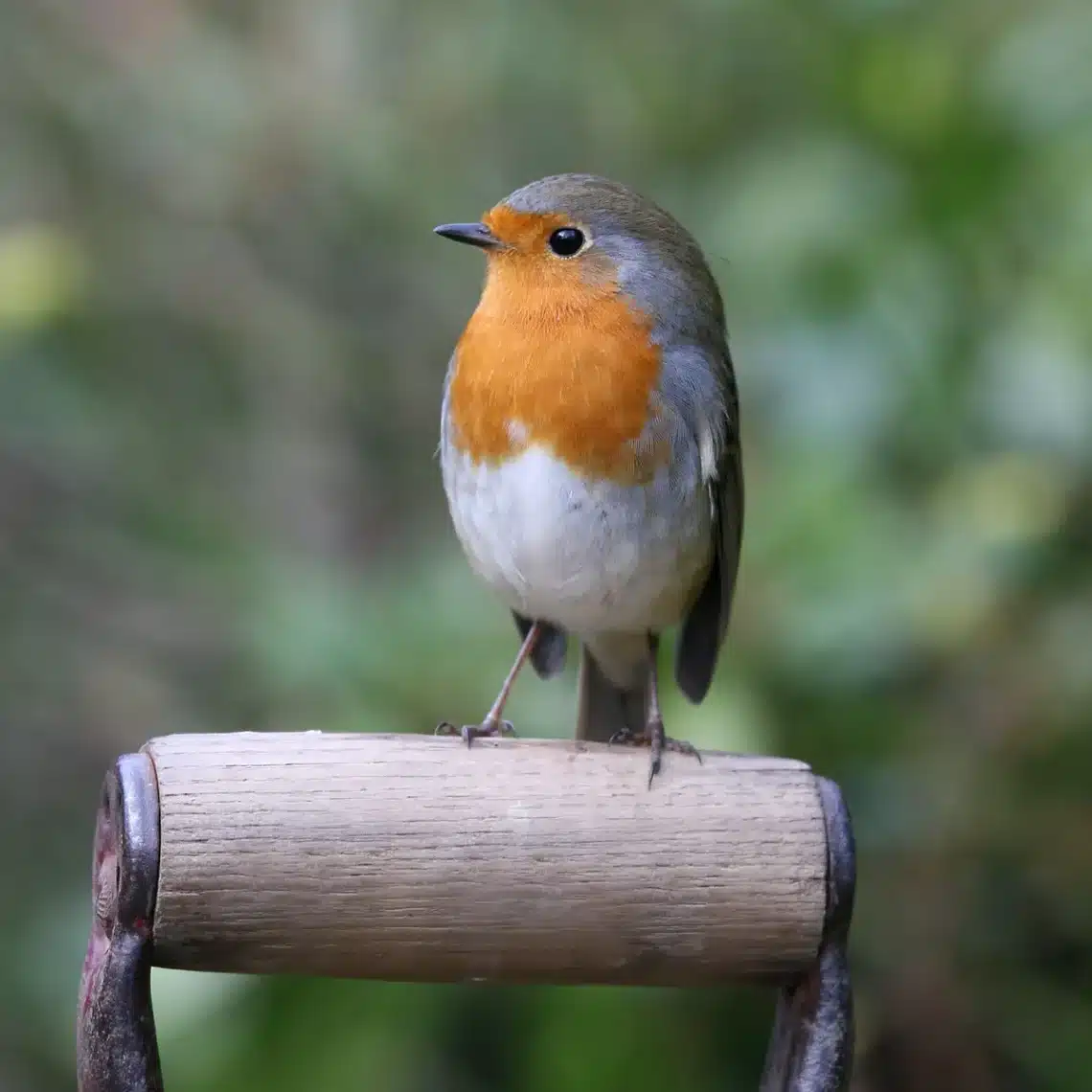
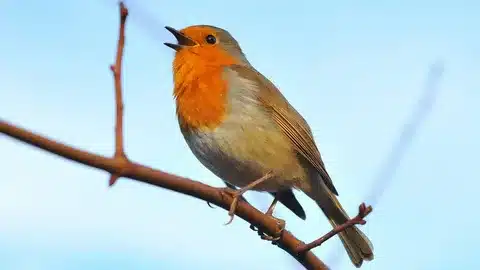
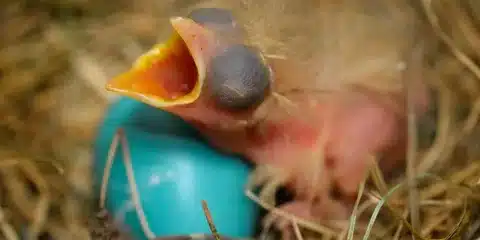
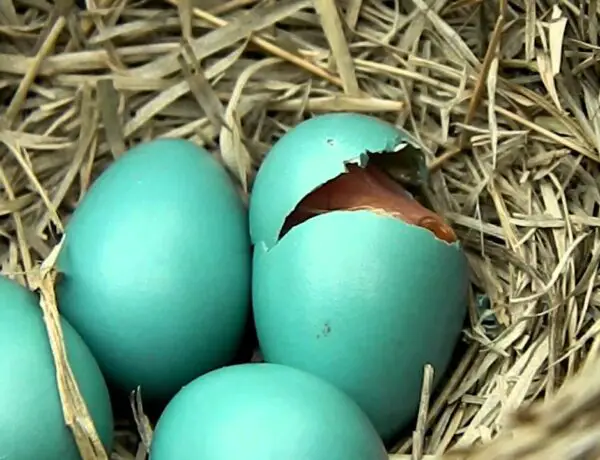
No Comments